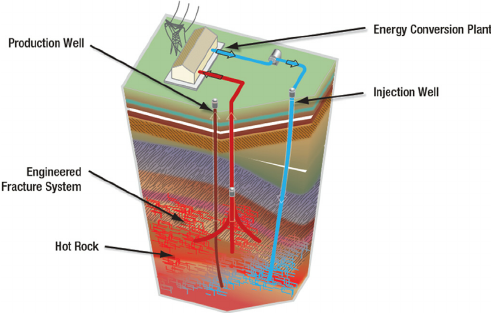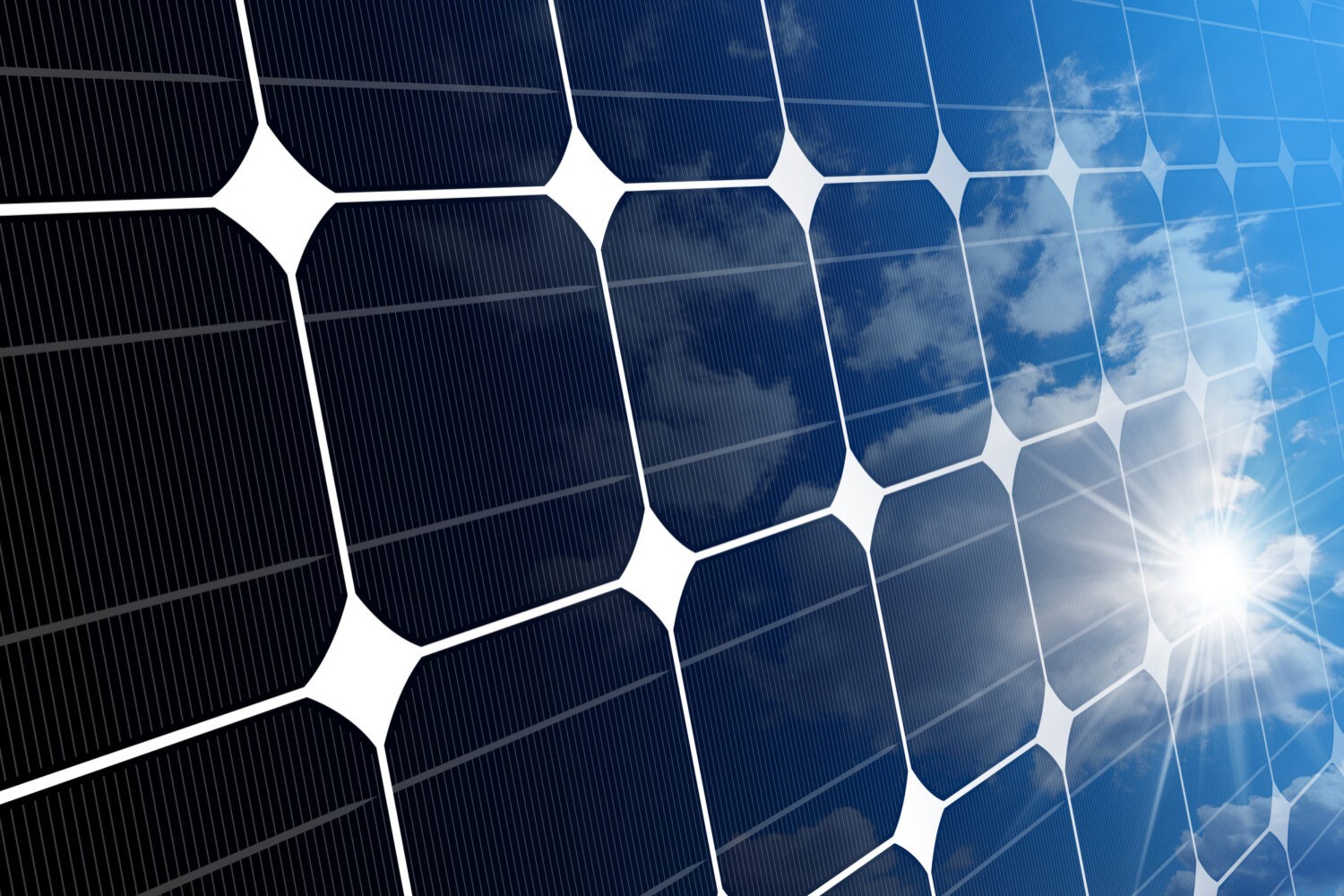
Google likes it hot
With its advanced machine learning systems and next-generation geothermal technology, the company’s goal is to add carbon-free energy to power data centers
Google’s green goals are extremely ambitious and they aim to operate on 24/7 carbon-free energy by 2030. At Google I/O 2021 the company announced that it will use geothermal energy to power data centers and infrastructure throughout Nevada.
The agreement is with Fervo Energy, an innovative energy startup which aims to “unlock” the potential of geothermal resources. The idea is to combine geothermal energy with existing renewable energy (solar, wind) to deliver 24/7 carbon-free energy.

Photo: MikeGoad/Pixabay
Humans have been harnessing geothermal energy for millennia. Deep below the planet surface, the radioactive decay of materials (uranium, thorium, potassium) generates high temperatures that heat hot springs. The steam can be pumped into the surface and converted into thermal energy or electricity, depending on the use.
Compared to other renewable sources, geothermal energy is always available. The sun doesn’t always shine and the wind doesn’t always blow and that is a problem for companies which need data centers operating on reliable energy 24/7.
The high temperatures generated deep below the planet surface heat hot springs. The steam can be pumped into the surface and converted into thermal energy or electricity.
So, why is geothermal energy still underused? The main problem is finding “reservoirs” of water deep underground. Besides, the initial costs can be high and that is why geothermal use can be difficult on a vast scale. The United States leads the world in the amount of geothermal electricity generation, but equal only to 0,4 of total US utility-scale electricity generation.
As for Google’s project, Fervo will try to overcome some of the challenges of older geothermal tech. The idea is to build EGS, enhanced geothermal systems. EGS pipes water into the reservoirs – normally supplied with rainwater. This increases the generation of steam, that then expands in a turbine and generates electricity. EGS aim to economically improve the existing geothermal reservoirs, allowing a higher power density with lower investments.
EGS aim to economically improve the existing geothermal reservoirs, allowing a higher power density with lower investments.
Google’s expertise in AI and machine learning will help to boost the productivity of geothermal and make it more effective at responding to demand.
Using fiber-optic cables inside wells, Fervo can gather real-time data on flow, temperature, and performance of the geothermal resource. This data allows Fervo to identify precisely where the best resources exist, making it possible to control flow at various depths. Coupled with the AI and machine learning development, these capabilities can increase productivity and unlock flexible geothermal power in a range of new places.

How EGS plant works | ResearchGate
According to scientist Graeme Beardsmore it is unlikely that Google’s project will be “transformational” but it may help spur growth in the sector. Google has invested in EGS since 2008, as evidence of how much the company believes in its potential. With this collaboration, Google sets the stage for next-generation geothermal to play a role as a firm carbon-free energy source that can increasingly replace carbon-emitting-fossil-fuels, not only in data center sector.

